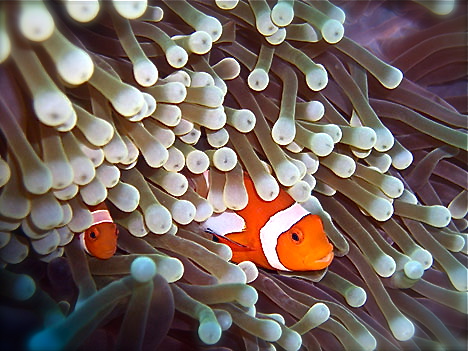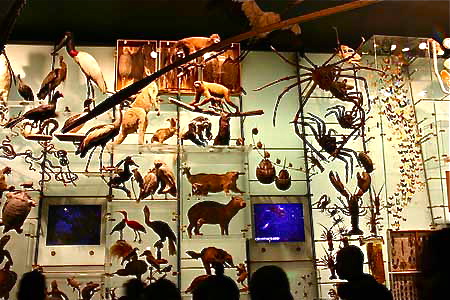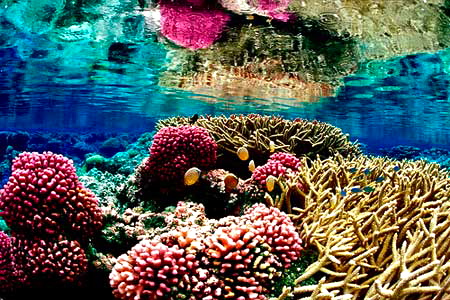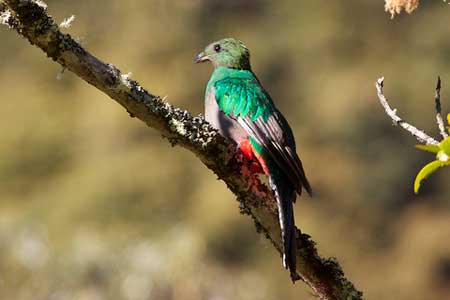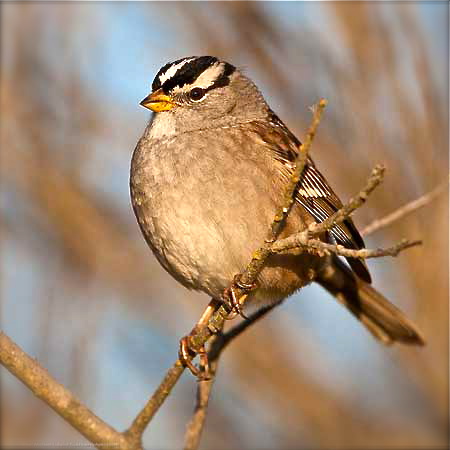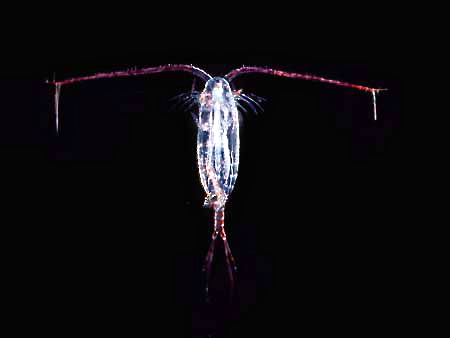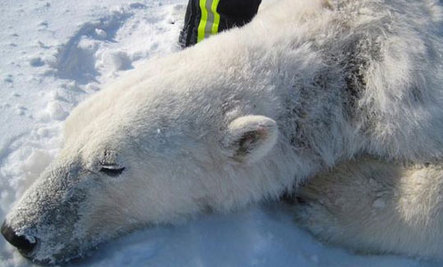1. Clownfish are Going Deaf
The adorable reef-dwellers that served as inspiration for Disney’s Nemo are losing their hearing due to ocean acidification. This means that the fish are suddenly less able to respond to the presence of predators, threatening their survival.
To find out more : Ocean Acidification Makes Clownfish Go Deaf
2. Evolution Could Go Wild
The conventional wisdom is that evolution happens slowly, over the course of a great many generations. Some new research, however, suggests that faced with rapidly changing environments due to climate change, plant and animal species may be able to kick adaptations into high gear. More research is needed, though some scientists have already witnessed evolutionary changes in select species happening at an accelerated rate.
To find out more : Global Warming Could Cause Evolution Explosion
3. Coral Stops Growing
Coral — the foundation of the “rainforest of the ocean”—responds directly to increases in temperature, according to research. Unfortunately, this response is largely negative, with growth rates slowing to a near standstill.
To find out more : Coral Species in Red Sea Barely Growing, Thanks to Global Warming
4. Bird Species Die Off
Recent research has stumbled upon an alarming trend: As average temperature increases, many bird populations decline. The survey, conducted by the University of Utah, found that warming of 3.5 degrees Celsius may result in 600-900 extinctions of land bird species.
To find out more : Climate Change May Kill Off 900 Bird Species By 2100
5. Animals Could Get Bigger…
Researchers in California have found that birds around San Francisco Bay and Point Reyes National Seashore have slowly gotten bigger over the last 27 to 40 years. The finding was particularly interesting because it counters some conventional wisdom about how animals will respond to climate change.
To find out more : Climate Change Unexpectedly Making California Birds Grow Larger
6. …Or They Could Get Smaller
That conventional wisdom suggests that animals—and cold blooded species in particular—will shrink in size as the global average temperature increases. Some research, too, has extended this trend to certain mammals.
Excerpted from TreeHugger

